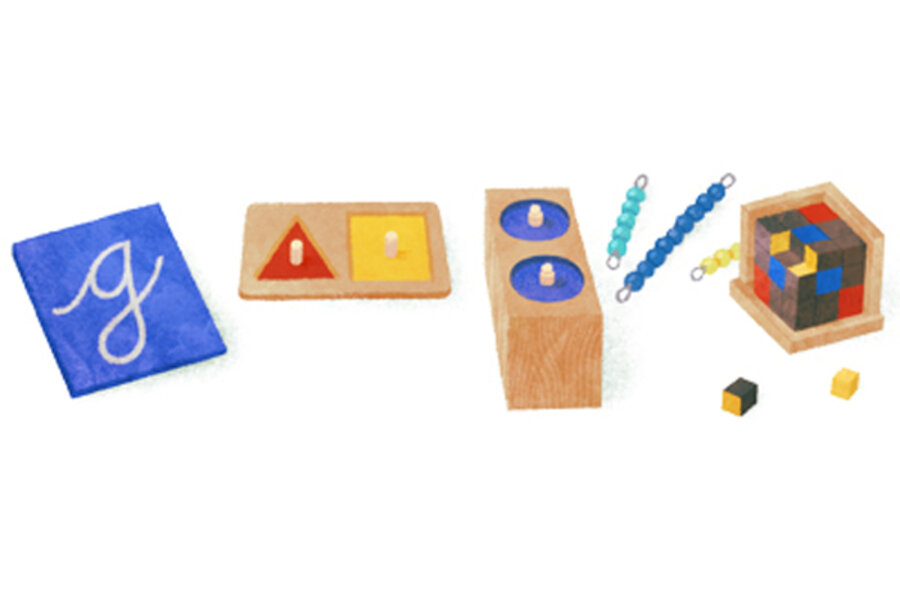Maria Montessori, a bold life breaking gender boundaries
Loading...
Doctor Maria Montessori may have given her name to one of the world’s most well known education methods, but the woman behind the philosophy is not a well known feminist figure.
In the early twentieth century Montessori, one of Italy’s first female physicians, was a true trailblazer, rejecting many social norms associated with gender roles in her time.
The daughter of parents who placed a high value on education, as a teenager Montessori enrolled in technical schools where she focused on math and science. Montessori planned to become an engineer, but then decided to study medicine.
Montessori applied to the University of Rome, but was strongly discouraged from attending because of her gender. She enrolled anyway, taking classes in natural sciences, botany, zoology, experimental physics, anatomy, and chemistry. She graduated with her degree in 1896.
According to the American Montessori society, she faced gender discrimination left and right. It was deemed inappropriate for her to attend classes with men while in the presence of a naked body (even when that body was dead), so Montessori did her cadaver dissections after class, alone.
After graduating, Montessori found employment at the university hospital, and began her own practice. She also began her soon-to-be famous research studying how mentally disabled children learn, which would be the foundation for her educational methods for all students.
When Montessori was 36, she founded Casa dei Bambini, or Children’s House, an experimental school where she could test her education methods. Rather than teaching the children herself, Montessori trained the teachers and then oversaw their work and observed the students. Her methods, quickly spread, and soon she was training teachers around the world.
Montessori traveled, speaking extensively on her approach to education, and also on women’s rights, and peace. She believed that peace could be taught in education, putting her at odds with Benito Mussolini in Italy. Montessori left her country in 1932 and was later was nominated for the Nobel Peace Prize six times.
Even in her personal life, Montessori was unusual for her time. She had one son, Mario, but did not marry his father. Mario Montessori eventually became her collaborator in her studies.
Montessori’s legacy remains her education methods, but with her remarkable life she also stands as a model of a uniquely talented and bold woman.





